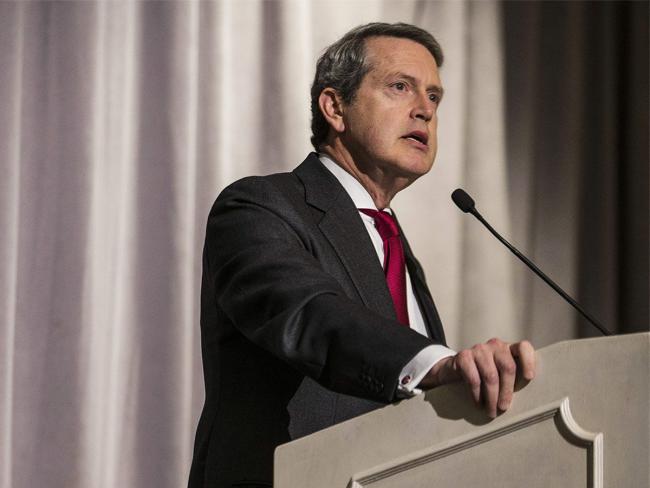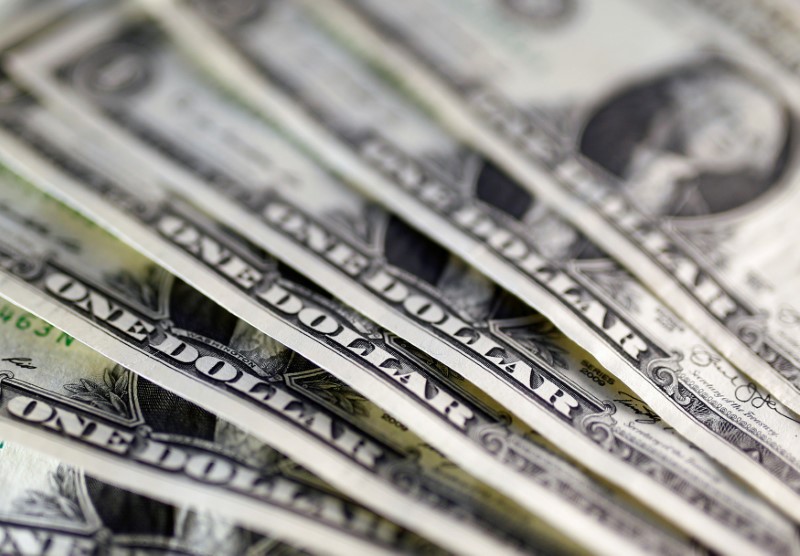(Bloomberg) -- Sign up for the New Economy Daily newsletter, follow us @economics and subscribe to our podcast.
Federal Reserve Vice Chair of Supervision Randal Quarles expressed caution about rushing to issue a central bank digital currency, saying the benefits are “unclear” while the risks could be high.
“Federal Reserve CBDC could pose significant and concrete risks,” Quarles told the Utah Bankers Association Monday, according to his prepared remarks. “An arrangement where the Federal Reserve replaces commercial banks as the dominant provider of money to the general public could constrict the availability of credit, fundamentally alter the economy, and expose the public to a host of unanticipated, and undesirable, consequences.”
Central banks around the world are testing digital currencies as a parallel payment system, while private cryptocurrencies grow in popularity.
Chair Jerome Powell said last month that he wants the Fed to play “a leading role” in the development of international standards for digital currency. Central banks elsewhere -- most notably the People’s Bank of China -- are moving ahead with digital currencies which could give them a head-start in how standards develop. Powell announced last month that the Fed will issue a discussion paper this summer highlighting the risks and benefits of digital payments.
“Our work is cut out for us as we proceed to rigorously evaluate the case for developing a Federal Reserve CBDC,” Quarles said. “Even if other central banks issue successful CBDCs, we cannot assume that the Federal Reserve should issue a CBDC.”
Separately, the Boston Fed is working on a multi-year project with the Massachusetts Institute of Technology to research the technology that would support a digital payments system.
Quarles said he was skeptical that the dollar’s status as the reserve currency would be threatened by foreign digital currencies and he noted that much of the dollar payment system is already digitized. He added that he wasn’t convinced that a digital dollar would be an effective tool for financial inclusion.
Quarles also said stablecoins, or digital assets that are tied to the value of an asset such as a sovereign currency, could create stability risks that made them of “legitimate and strong regulatory interest” to the Fed, while adding that these concerns were “eminently addressable.”
“When our concerns have been addressed, we should be saying yes to these products, rather than straining to find ways to say no,” he said. “A global U.S. dollar stablecoin network could encourage use of the dollar by making cross-border payments faster and cheaper, and it potentially could be deployed much faster and with fewer downsides than a CBDC.”
©2021 Bloomberg L.P.

